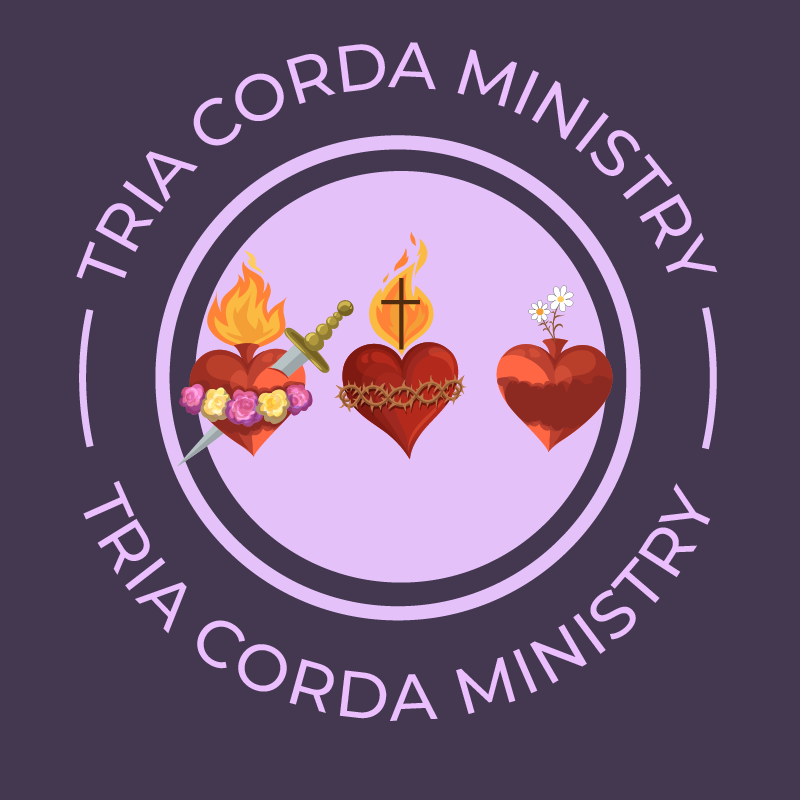Counter-ACEs: Reasons for Children’s Hope

One specific kind of trauma that researchers have studied extensively is adverse childhood experiences (ACEs). Like trauma in general, researchers have found that ACEs are associated with higher odds of a host of negative outcomes, like mental health and physical health problems, substance use and abuse, and suicide.
Researchers began to realize that a sole focus on the potential for negative outcomes ignored the fact that plenty of people who experience ACEs do not experience negative outcomes. So, researchers began to look at types of childhood experiences that could counter the potential negative impacts of ACEs and lead to better outcomes.
Researchers have studied two types of counter-ACEs: positive childhood experiences (PCEs) and benevolent childhood experiences (BCEs). Both these counter-ACEs are things a person had in their life before age 18. Like ACEs, participants in research studies will answer questions on how many of these PCEs or BCEs they experienced, and researchers will add up their total number of “yes” answers to create a score.
Positive Childhood Experiences
Researchers have proposed six PCEs. They are: (1)
- The child can talk to his or her family about their feelings
- The child’s family stands by them in difficult times.
- The child enjoys participating in community traditions
- The child feels a sense of belonging at school
- The child feels supported by his or her friends
- The child feels safe and protected by at least one adult in his or her home.
Benevolent Childhood Experiences
Researchers have proposed ten benevolent childhood experiences. They are: (1)
- The child has at least one caregiver with whom they feel safe
- The child has at least one good friend
- The child has comforting beliefs that give them hope
- The child likes school
- The child has at least one teacher who they feel genuinely cares about them
- The child has good neighbors who keep an eye on them
- The child has at least two supportive nonparent adults in their life
- The child has opportunities to have a good time
- The child likes themself
- The child has a predictable home routine
Research Findings
As you can see, there is a lot of overlap between BCEs and PCEs. Still, both iterations have seen positive results in the literature for their ability to help prevent some adverse outcomes associated with exposure to ACEs.
For example, in one study of Wisconsin adults focusing more on the social PCEs (belonging in school, support from friends and family), the researchers found that high childhood social support helped to buffer those with high ACEs from chronic health problems, poorer self-rated health, depression, and health-risk behaviors often associated with high ACE exposure (2).
Other studies have found that a high PCE score helped lower the risk of depression following exposure to ACEs (3), a high BCE score helped lower the risk of PTSD symptoms following ACE exposure (4), and a high PCE score helped to lower the risk of aggression and anger following ACE exposure (5). These results are just a sample of this line of research, but overall, improving a child’s PCE and BCE score can be an important step to preventing some of the negative outcomes associated with ACEs.
Conclusion
As we constantly remind our readers, there are plenty of reasons for hope following trauma exposure, and PCEs and BCEs provide some research evidence for that. Improving BCE and PCE scores can be important for helping children. In the following article, we’ll talk about some ways the Church can apply research on protective factors, PCEs, and BCEs.
